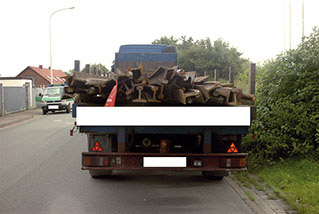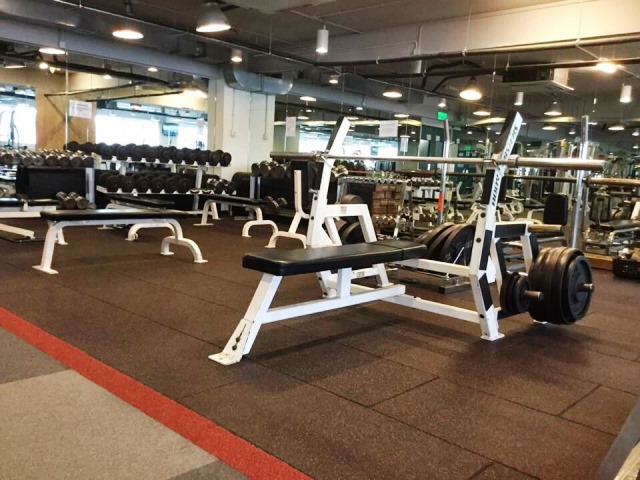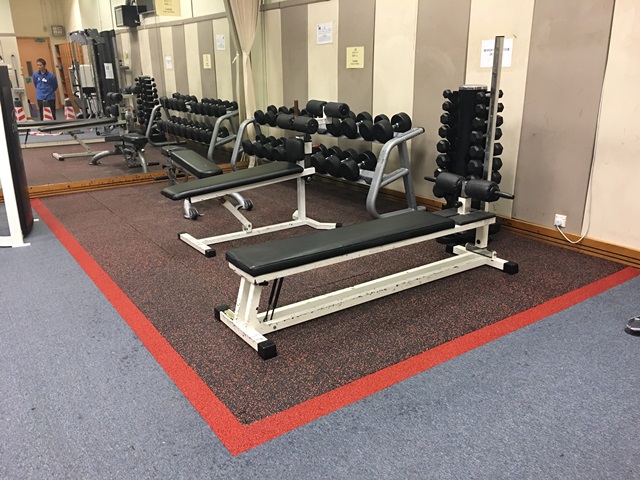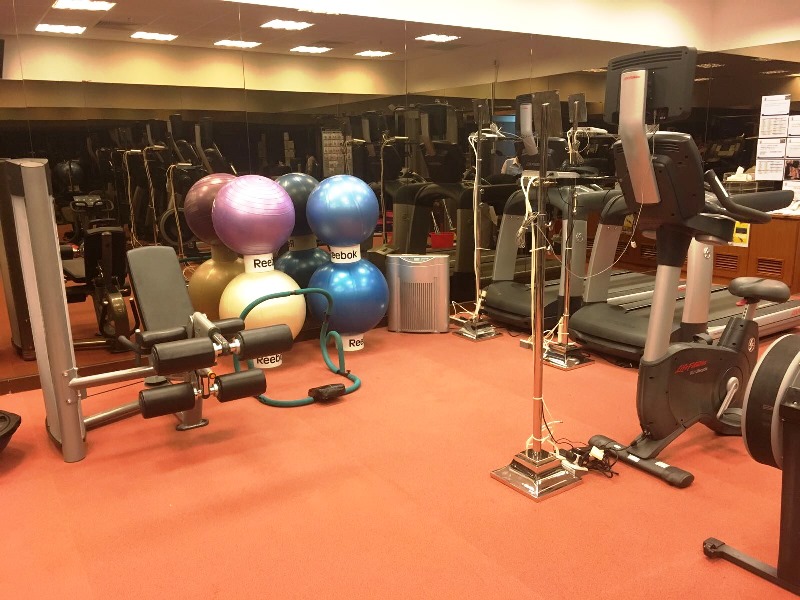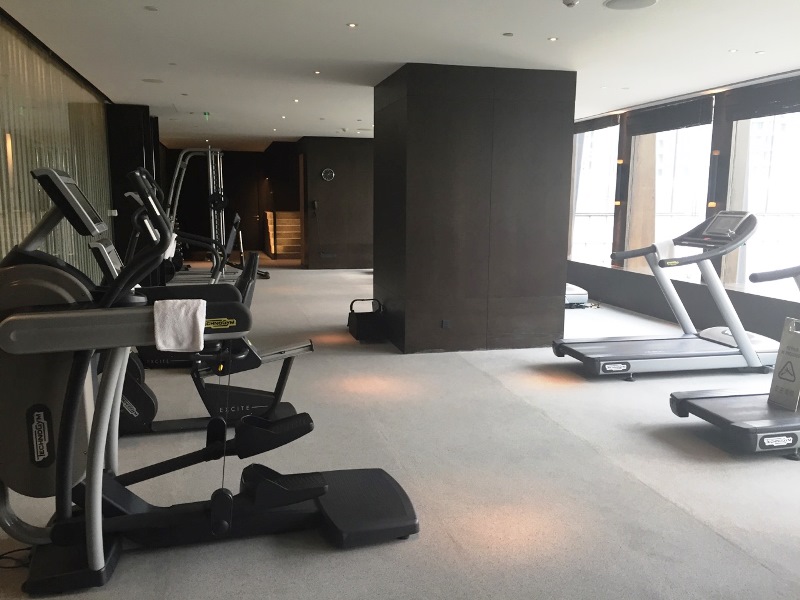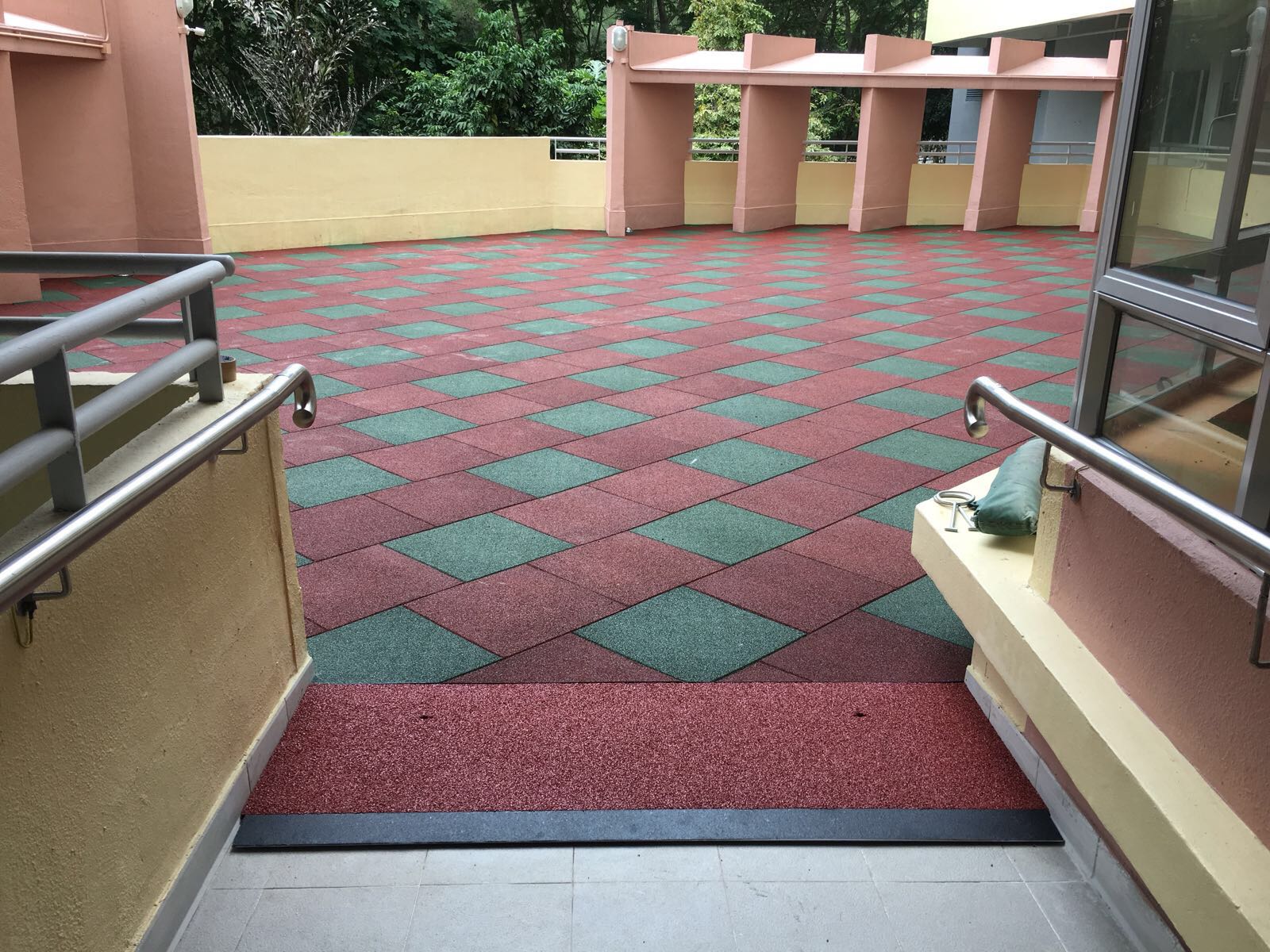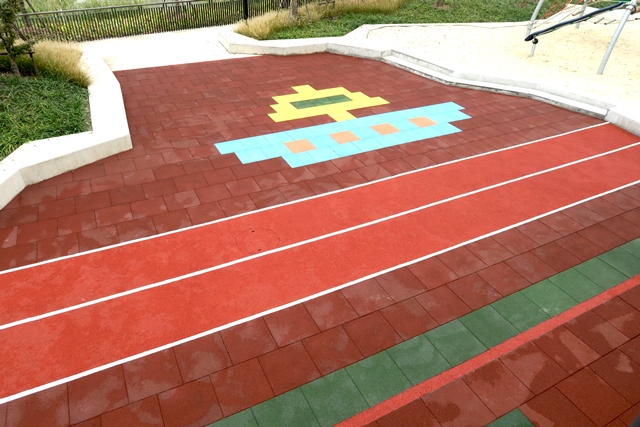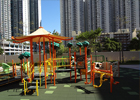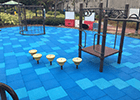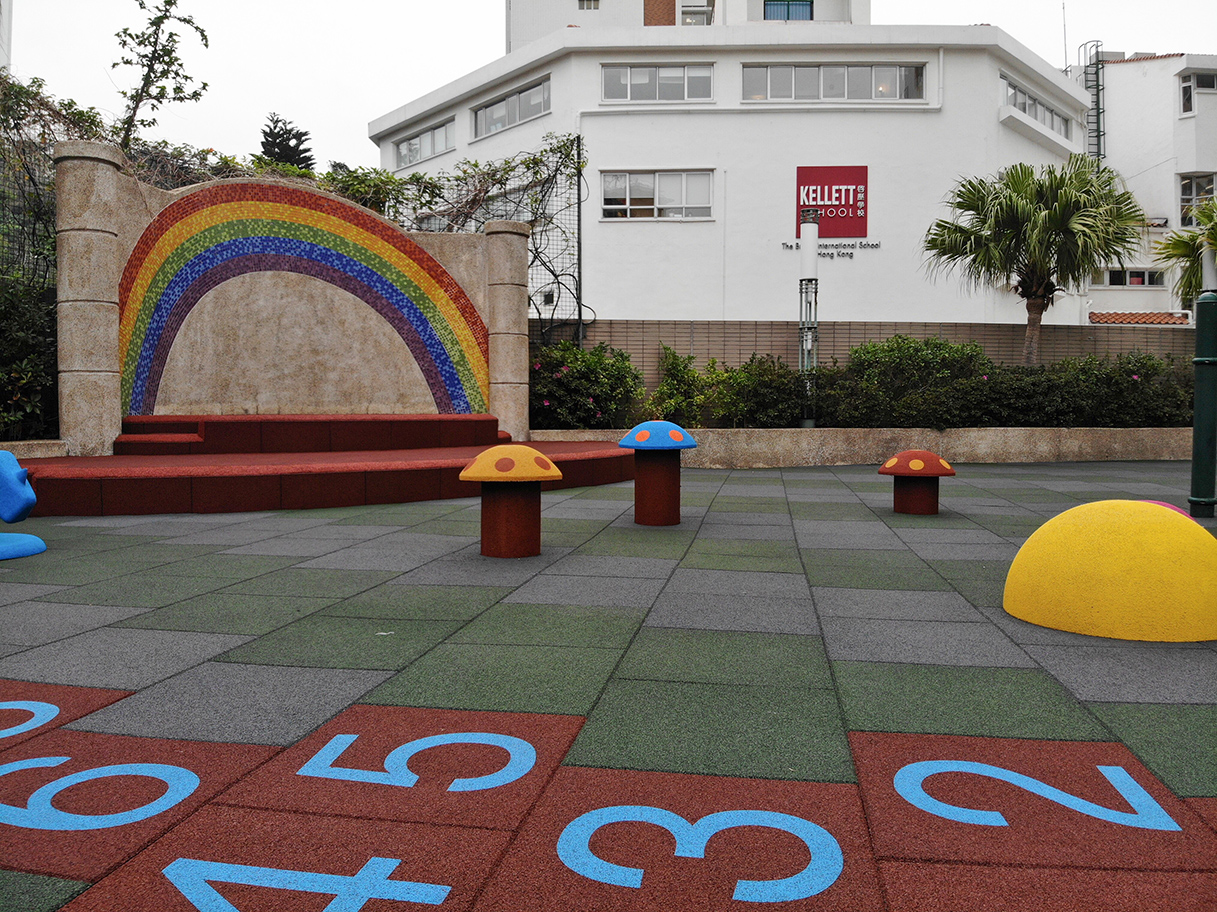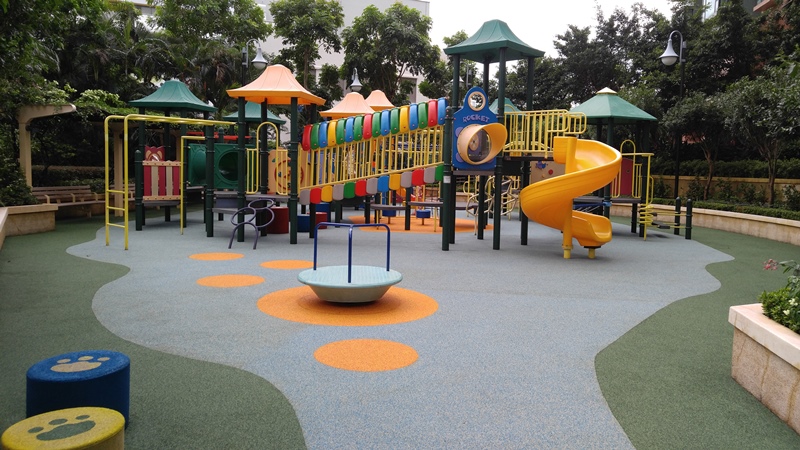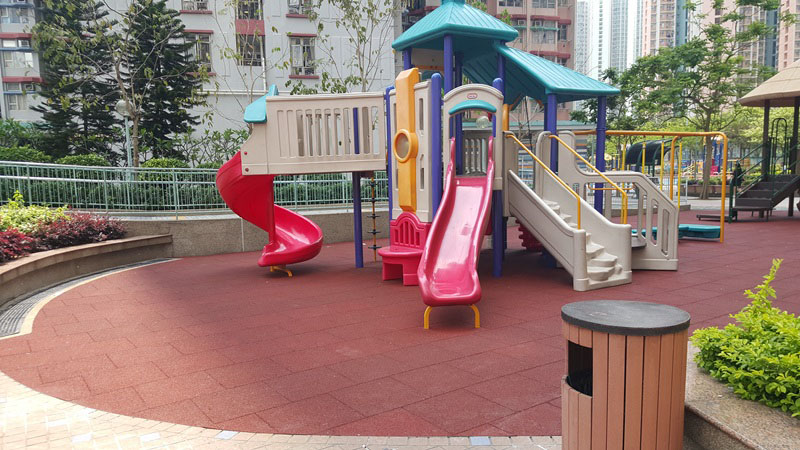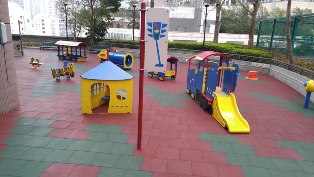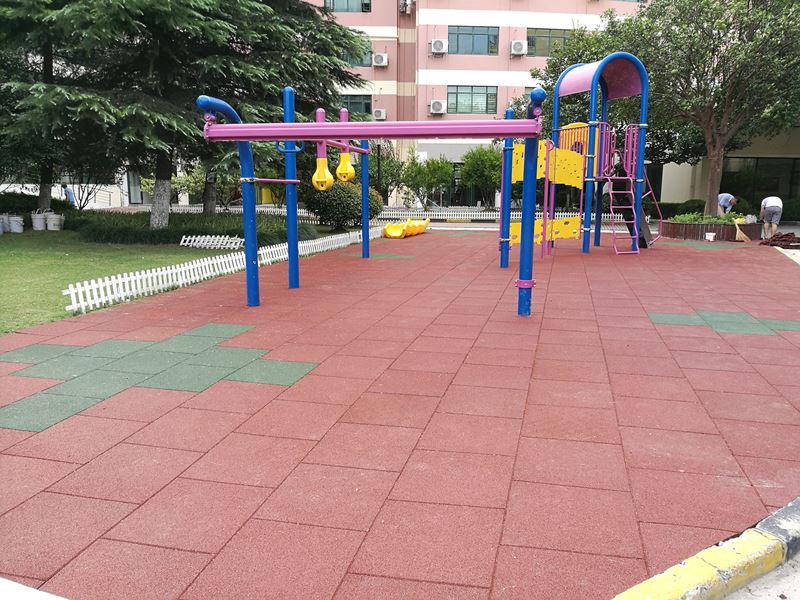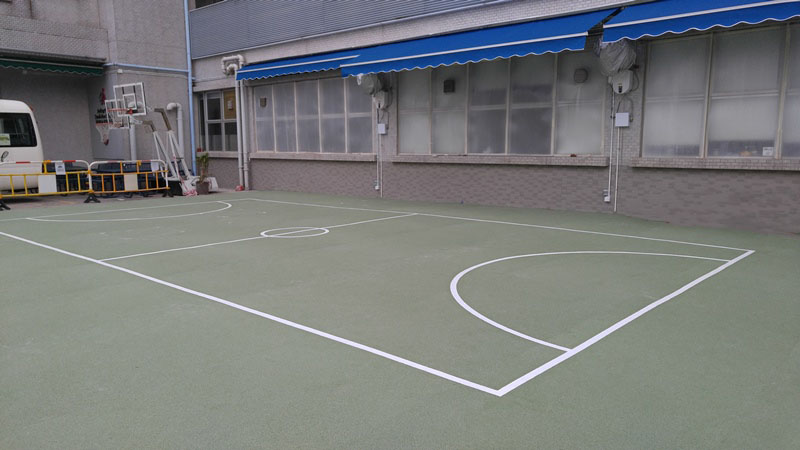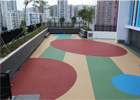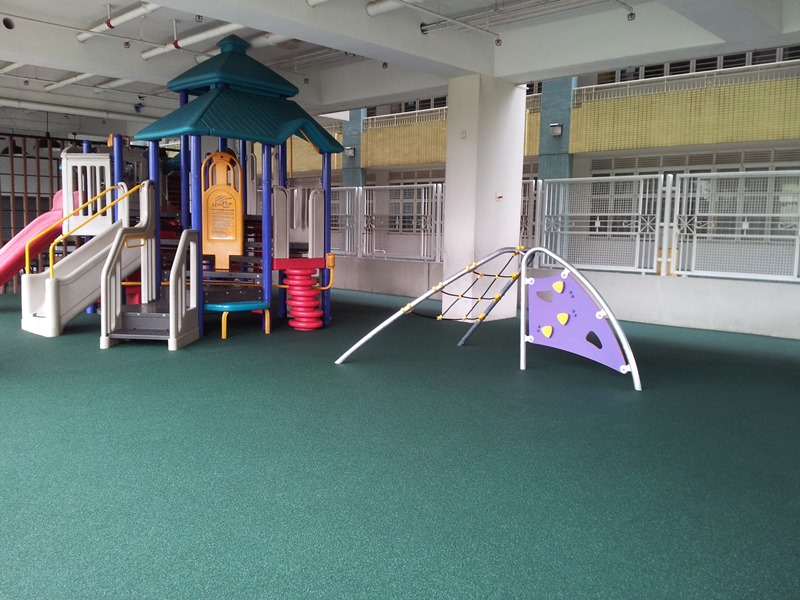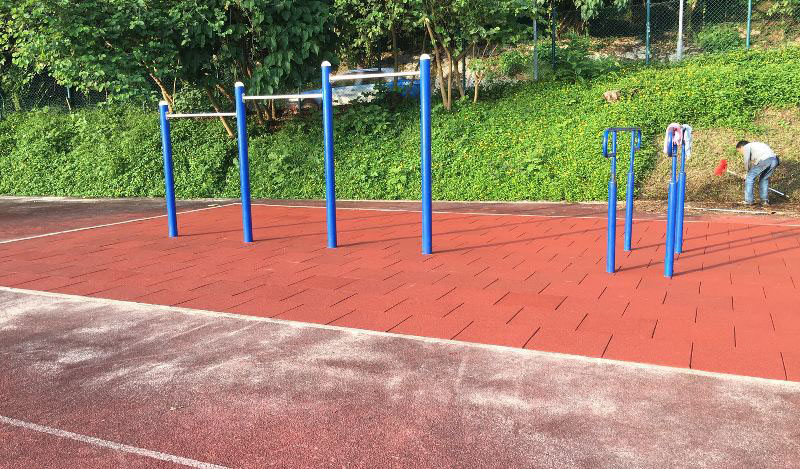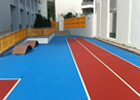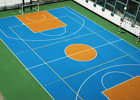CARGO SECURING
Safety principles
Countering of acceleration forces – These values are required:
1,0 G = Weight of load
The load during truck transport, according to applicable regulations, must be secured with 50 % of the weight toward the sides and back and with 80 % of the weight toward the front.
For transport by rail and ship, the values are accordingly higher.
High-quality anti-slip mats can facilitate compliance with these regulations.
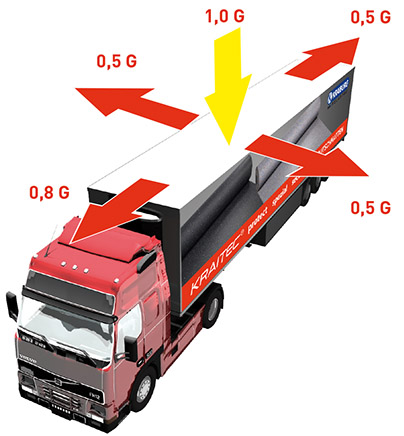
Insufficient secured load
Actual examples
Aluminium Coils
The load consisted of 23,400 kg of aluminium coils, horizontal in the rear area and vertical in the front area. About 19,300 kg were loaded tightly secured toward the front – 4,100 kg were not. The coils were bundled on wooden frames to form one loading unit. The friction partners were smooth wood on a non-slip floor, μ = 0.3. The load was secured with 15 lashing straps with an STF value of 350 daN. The required number of lashing straps would have been 38.
If anti-slip mats had been used, the load would have been sufficiently secured – in actuality, additional straps had to be purchased to secure the load.
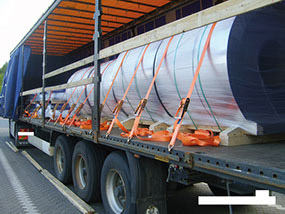
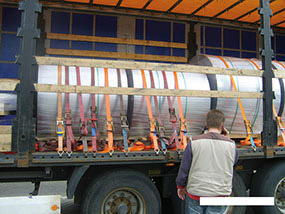
MDF Panels
The load consists of 24,400 kg MDF panels, which were bundled in 8 packages. The entire load was loaded tightly secured toward the front – not, however, toward the sides and back. The friction partners were smooth particle board/MDF panels on a non-slip floor, μ = 0.2. The load was secured with 12 lashing straps with an STF value of 500 daN. The required number of lashing straps would have been 49. The truck was a certified curtain-sider – but the body construction is useless if the load is loaded tightly secured.
If anti-slip mats had been used, the load would have been sufficiently secured – in actuality, additional straps had to be purchased to secure the load.
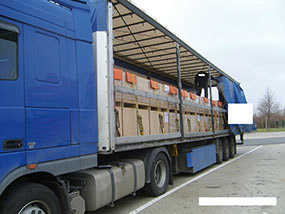
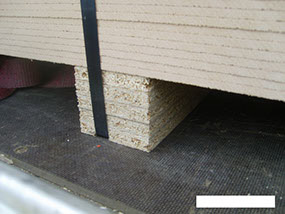
Profile steel
The load consisted of 22,600 kg of painted profile steel. Only part of the load was loaded tightly secured toward the front and sides – the majority was not. The friction partners were freshly painted steel on a non-slip floor, μ = 0.2. The load was secured with 12 lashing straps with an STF value of 500 daN. Due to the very different nature of the load, there was no possibility of securing it toward the rear with tie-down or lashing straps.
The only alternative was to reload the entire load on slip-resistant material. The driver had attached 13 lashing straps (10 of which had reached replacement state of wear!) and had 20 more lashing straps on board (STF = 250 daN). On a purely mathematical basis, 193 lashing straps of this type would have been necessary – or 97 long-lever ratchet lashing straps (STF = 500 daN).
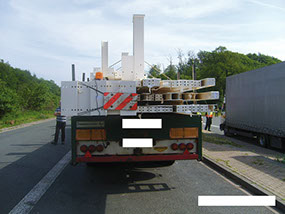
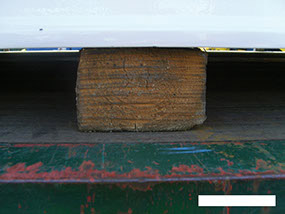
Rails
The load consisted of 28,700 kg of “loosely piled” rails. The friction partners were steel on wood, μ = 0.3 and steel on steel, μ = 0.2. The load was tied down with 6 lashing cables. Besides the fully insufficient securing of the load, the truck was overloaded by about 3,500 kg.
The only choice was to reload the entire load on slip-resistant material (after 3,500 kg were reloaded to another transporter). Assuming an average kinetic friction coefficient of μ = 0.25, and further assuming that one lashing cable can provide a tensioning force of 1,000 daN, 21 lashing cables would have been necessary. But even then not all of the rails would have been secured by the cables.
